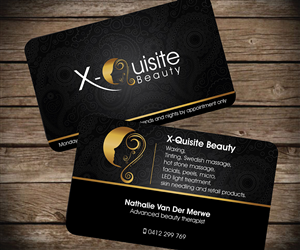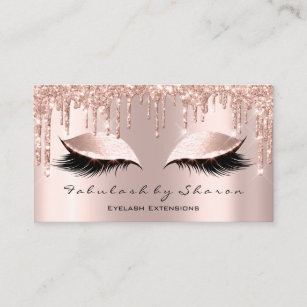Ces Quoi Le Site De Rencontre Gratuit
May 9, 2020Designing an effective business card requires more than your name and your contact information. Although business cards are typically small, there are several ways you can design the card to make your business card stand out.
-
Target your audience and industry.
-
Make sure it is easy to read.
-
Include the most important information.
-
Follow basic design guidelines.
-
Be creative with color and design.
-
Communicate effectively.
-
Avoid mistakes by proofreading before printing.
-
Hire a professional printer.
-
Leave a lot of blank space.
-
Sell your brand with a positioning statement.

1. Target your audience and industry
The first rule of creating an effective business card is to target your audience and industry. Select design elements and colors associated with your niche. Make your card easily relatable to your business, making a good representation of your business and a way to market your product. For example, if you are a carpenter, you may include a photo related to carpentry to showcase your area of expertise.
2. Make sure it is easy to read
Ensure the fonts you choose are classic and easy to read. If you have a lot of information to display, be sure to keep the size of the text large enough to read without difficulty. Also, your logo should be simple and straightforward, complementing your business card.
3. Include the most important information
The purpose of a business card is to create awareness of what you do to your prospective clients—it's not meant to contain all information. Only include the most important information that will direct the recipient to learn more about your company by visiting your website or using the contact information. The size of a custom business card is always small (55 x 85 mm) so only include the following:
-
Your name
-
Company name
-
Job title
-
Contact information (phone number, email address, contact address and social media pages)
4. Follow basic design guidelines
Your business card is a piece of printed material and should follow basic design guidelines, including:
-
A minimum font size for easy reading
-
CMYK color model: cyan, magenta, yellow, black
-
300 dpi for best image reproduction
-
Main copy at least 5mm from the edge of the trim
Following these rules will help you design a professional business card that is both effective and memorable.
5. Be creative with color and design
Select colors and design elements that are associated with your industry and unique to your business. For example, if you sell luxury products, make sure you choose colors, materials and designs that emphasize what your company does. The choice of finishes and paper stock can tell a lot about your product or service.
6. Communicate effectively
Communicate using your target market's language. Create a lasting memory of your business with effective brand awareness by expressing the main product or service your business offers, clearly and uniquely.
Read more: Communication Skills: Definitions and Examples
7. Avoid mistakes by proofreading before printing
Remember that your business card is your identity and it represents you and your company. Your design should communicate professionally and differentiate your business from the competition. Always check for errors and proof your card for typos before signing off on printing.
8. Hire a professional printer
Professionally printed and well-designed business cards can inspire trust and help build a solid relationship right from the beginning. By using a professional printer to create your business cards, you ensure quality material and a competent result.
9. Leave a lot of blank space
Some recipients jot down notes on business cards to help them remember how they received the card. Effective use of the white space on the business card can help them do it with ease. Ensure you include only important information in your card and arrange your content appropriately to leave a lot of white space that would be enough for this purpose. Also, the effective use of white space on your card helps draw the recipient's attention to important information.
10. Sell your brand with a positioning statement
A positioning statement is a short phrase or motto that defines your brand, values and beliefs and can differentiate you from your competitors. Since the aim of having a business card is to be memorable and deliver pertinent information, you can add a positioning statement to build a solid foundation with your prospective clients.













